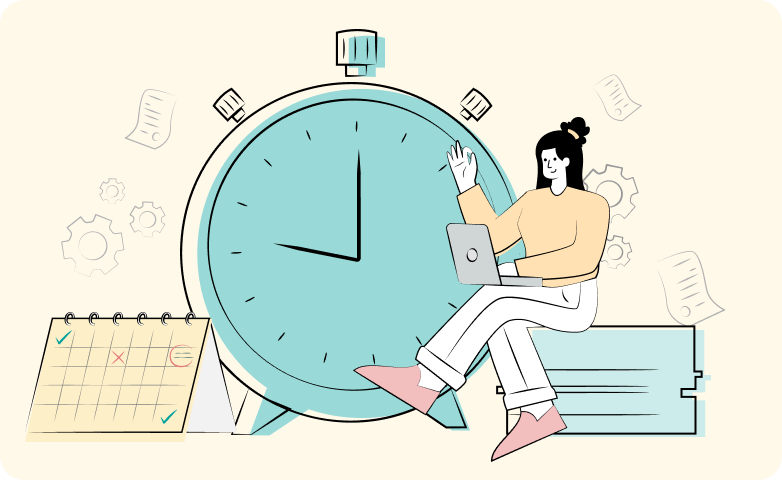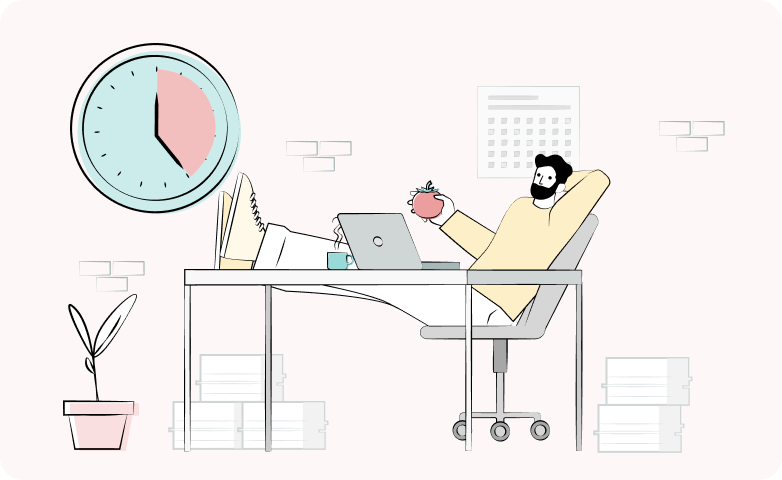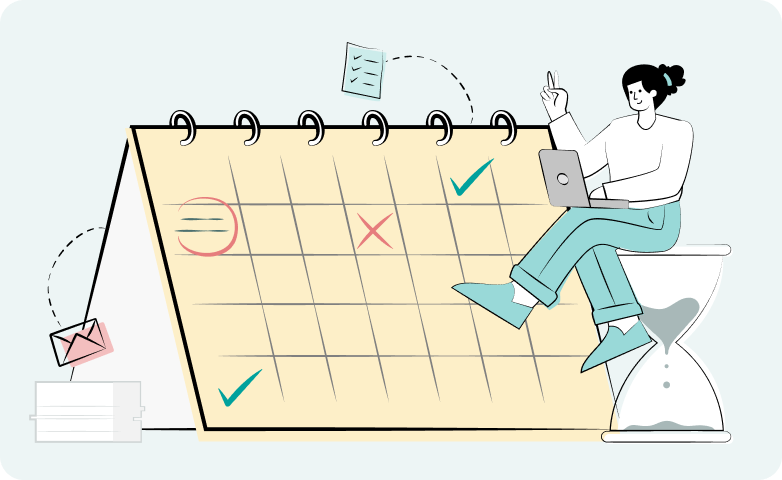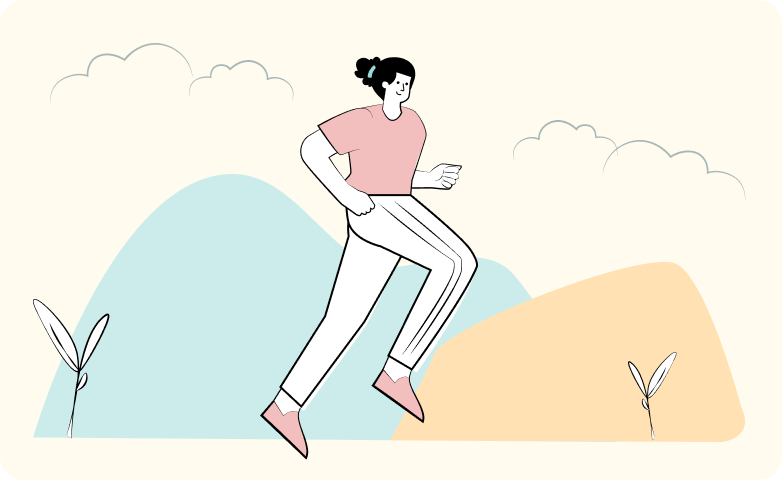

Listen, you might have seen articles, hundreds of articles, on how multitasking is evil. That stance is ill-informed.
It’s an example of lazy research. Writers are not bothering to look at the actual science.
We can set you straight on multitasking in a couple of paragraphs.
People don’t multitask except under special circumstances and with training. Look at drummers. All four of their limbs are doing different things. And they can talk to you while doing it. But that’s a combination of practice and very simple tasks.
For everything else we can only do one thing at a time and we switch between them. We all have a multitude of tasks to complete. Some are long term, like saving up for a house, and some are short term, like responding to that question on Slack. Just because you’re typing in Slack doesn’t mean you’ve stopped saving for a house, does it?
The challenge isn’t multitasking – life demands it and we just do it – the challenge is task switching. And even that isn’t the curse magazines and blogs tell you it is.
All the science on task switching is based on the kind of lab tasks we don’t do in real life. And the effects they are measuring are in the millisecond range.
This is not the kind of data you can build a productivity program out of. But people try. However, the reality is that it doesn’t take long to switch between tasks. Switching between real-world tasks may take longer than a tenth of a second, but there is much you can do to make it quicker.
There are a bunch of strategies you can use to make moving through the multitude of tasks you have quicker and smoother. Let’s go through them, starting with the least obvious:
Don’t switch tasks
Shut your door or put on your headphones or set everything to Do Not Disturb and spend some focused time on a single task until it’s done.
Know what you are going to do next
This is where a list shines. It saves you from having to decide what to work on. You can move directly from one task to the next. And if you’ve spent the time to set out the list in the morning, you’re already mentally prepared to do the work, making switching to the next task even easier.
Make a note if you’re interrupted
If you’re interrupted and forced to switch to a different task, leave yourself a quick note on your plans and direction so you can continue when you get back to it.
In fact, externalise as much of your planning as you can
If the work you do is cognitively complex, like programming, writing, design, analysis of all kinds, etc, sketch out your plan and what you know and the options you are exploring as you advance.
These notes don’t just help you restart where you left off, but this kind of externalised cognition can help you generate insights and make better decisions as it lets you see the big picture.
Take advantage of your limited concentration span
Not everything can keep us in the flow zone for hours. Switch tasks regularly. Move between projects or duties before you get bored. If you’re looking forward to the next task then switching is even faster.
You’re busy. This article is already too long. Go use these tips to switch effortlessly between the things you have to do as you complete the multitude of tasks ahead of you.

Achieve work focus with a stopwatch instead of a timer Cal Newport is the person who raised the idea of…

It wasn’t a real tomato. It was a kitchen timer shaped like a tomato. Very kitsch, but it was the…

There is so much we need to do and even more that we want to do. The two most common…

It’s time to think about exercise and focus Maybe another coffee is not the best option. There is an alternative…
It does the math so you don't have to. It keeps track of your projects, what you need to do, how much time you have, and when they’re due. When you finish a task Pepy suggests what to work on next based on your priorities so all your projects get the love they need.